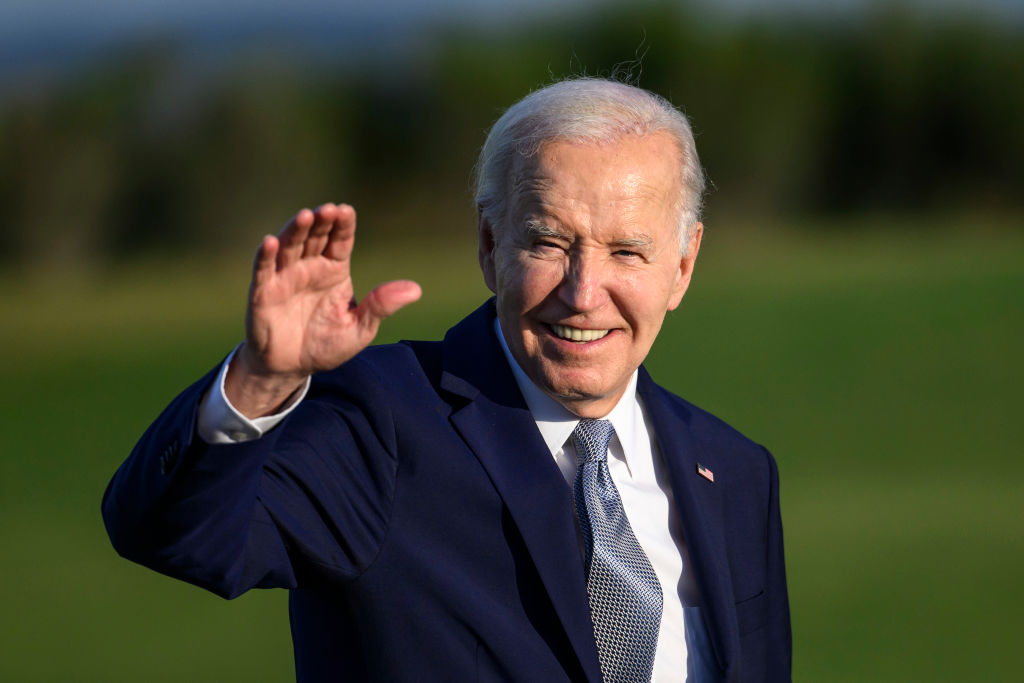The White House announced plans to send an additional $2.5 billion in military aid to Ukraine, a significant escalation in U.S. support as the Eastern European nation continues its defense against Russian aggression. The decision has reignited debates domestically and internationally over the allocation of resources and America’s role in the ongoing conflict.
Details of the Aid Package
The aid package, revealed on Thursday, includes advanced weaponry, munitions, and logistical support aimed at bolstering Ukraine’s counteroffensive capabilities. Among the items listed are Patriot missile systems, HIMARS rocket launchers, and precision-guided artillery shells. According to the Pentagon, the package is designed to enhance Ukraine’s defensive and offensive operations during the winter months.
President Joe Biden emphasized the importance of the aid, stating, “This is about defending freedom and democracy against unprovoked aggression. We stand with Ukraine and will continue to support its sovereignty.”
White House officials have framed the assistance as critical to maintaining global stability and deterring further Russian aggression. Critics, however, question whether such significant spending is sustainable or appropriate given domestic challenges like inflation, housing shortages, and health care access.
Criticism and Support Divide Public Opinion
The announcement has drawn mixed reactions across political lines. Supporters argue that aiding Ukraine is a moral and strategic imperative, while detractors criticize the hefty price tag, citing pressing issues at home.
Senator Mitch McConnell (R-Ky.) expressed bipartisan support, stating, “Helping Ukraine defends our values and strengthens our alliances.” Conversely, Representative Marjorie Taylor Greene (R-Ga.) lambasted the move, tweeting, “America First means taking care of Americans, not sending billions overseas while our own people suffer.”
Social Media Reactions Highlight Polarized Views
The latest aid package sparked heated discussions across social media, with users voicing both support and dissent.
Twitter user @FreedomFighterUSA praised the move, writing, “Standing with Ukraine is standing for global democracy. We can’t let tyranny win.” Conversely, @TaxpayerSOS tweeted, “Another $2.5 billion while Americans struggle to pay rent? Where’s the aid for us?”
Other users called for a more balanced approach. @GlobalRealist posted, “Support Ukraine, but let’s not forget about domestic priorities. We can’t ignore our own crises.” Meanwhile, @WorldPeaceNow argued, “We need diplomacy, not endless arms shipments. Wars don’t end by escalating violence.”
Some reactions reflected frustration over accountability. @BudgetHawkUSA tweeted, “Who’s tracking how this money is spent? Americans deserve transparency on where their tax dollars go.” On the other hand, @DefendAllies stated, “This aid isn’t charity—it’s an investment in preventing a broader war.”
What’s Next for U.S.-Ukraine Relations?
As the Biden administration doubles down on military support, questions loom over the long-term implications of sustained aid to Ukraine. While the assistance strengthens Ukraine’s ability to defend itself, it also strains U.S. resources and tests public patience.
The decision underscores Washington’s commitment to its NATO allies and democratic principles but has further fueled debates over the balance between international obligations and domestic needs.



 Maduro Confirms “Respectful” Call With Trump, Signals Openness to Diplomatic Dialogue
Maduro Confirms “Respectful” Call With Trump, Signals Openness to Diplomatic Dialogue  Australia Progresses AUKUS Review as U.S. Affirms Strong Support
Australia Progresses AUKUS Review as U.S. Affirms Strong Support  Taiwan Opposition Criticizes Plan to Block Chinese App Rednote Over Security Concerns
Taiwan Opposition Criticizes Plan to Block Chinese App Rednote Over Security Concerns  Trump’s Name Appears on U.S. Institute of Peace Ahead of Rwanda–Congo Deal Signing
Trump’s Name Appears on U.S. Institute of Peace Ahead of Rwanda–Congo Deal Signing  Israel Receives Body of Deceased Hostage as Rafah Crossing Reopening Hinges on Final Returns
Israel Receives Body of Deceased Hostage as Rafah Crossing Reopening Hinges on Final Returns  UN General Assembly Demands Russia Return Ukrainian Children Amid Ongoing Conflict
UN General Assembly Demands Russia Return Ukrainian Children Amid Ongoing Conflict  New Orleans Immigration Crackdown Sparks Fear as Federal Arrests Intensify
New Orleans Immigration Crackdown Sparks Fear as Federal Arrests Intensify  Michael Dell Pledges $6.25 Billion to Boost Children’s Investment Accounts Under Trump Initiative
Michael Dell Pledges $6.25 Billion to Boost Children’s Investment Accounts Under Trump Initiative  Hong Kong Faces Low Turnout in “Patriots-Only” Election Amid Public Grief After Deadly Fire
Hong Kong Faces Low Turnout in “Patriots-Only” Election Amid Public Grief After Deadly Fire  Honduras Election Turmoil Deepens as Nasralla Alleges Fraud in Tight Presidential Race
Honduras Election Turmoil Deepens as Nasralla Alleges Fraud in Tight Presidential Race  Drones Spotted Near Zelenskiy’s Flight Path in Ireland Trigger Security Alert
Drones Spotted Near Zelenskiy’s Flight Path in Ireland Trigger Security Alert  Cuba Reaffirms Anti-Drug Cooperation as Tensions Rise in the Caribbean
Cuba Reaffirms Anti-Drug Cooperation as Tensions Rise in the Caribbean  U.S.-Russia Talks Leave Ukraine Peace Efforts Uncertain
U.S.-Russia Talks Leave Ukraine Peace Efforts Uncertain  Trump and Lula Discuss Trade, Sanctions, and Security in “Productive” Phone Call
Trump and Lula Discuss Trade, Sanctions, and Security in “Productive” Phone Call  Honduras Election Turmoil Intensifies as Nasralla Blames Trump for Shift in Results
Honduras Election Turmoil Intensifies as Nasralla Blames Trump for Shift in Results  U.S. Justice Department Orders Intensified Probe Into Antifa and Domestic Extremist Groups
U.S. Justice Department Orders Intensified Probe Into Antifa and Domestic Extremist Groups  California Launches Portal for Reporting Alleged Misconduct by Federal Immigration Agents
California Launches Portal for Reporting Alleged Misconduct by Federal Immigration Agents 



























